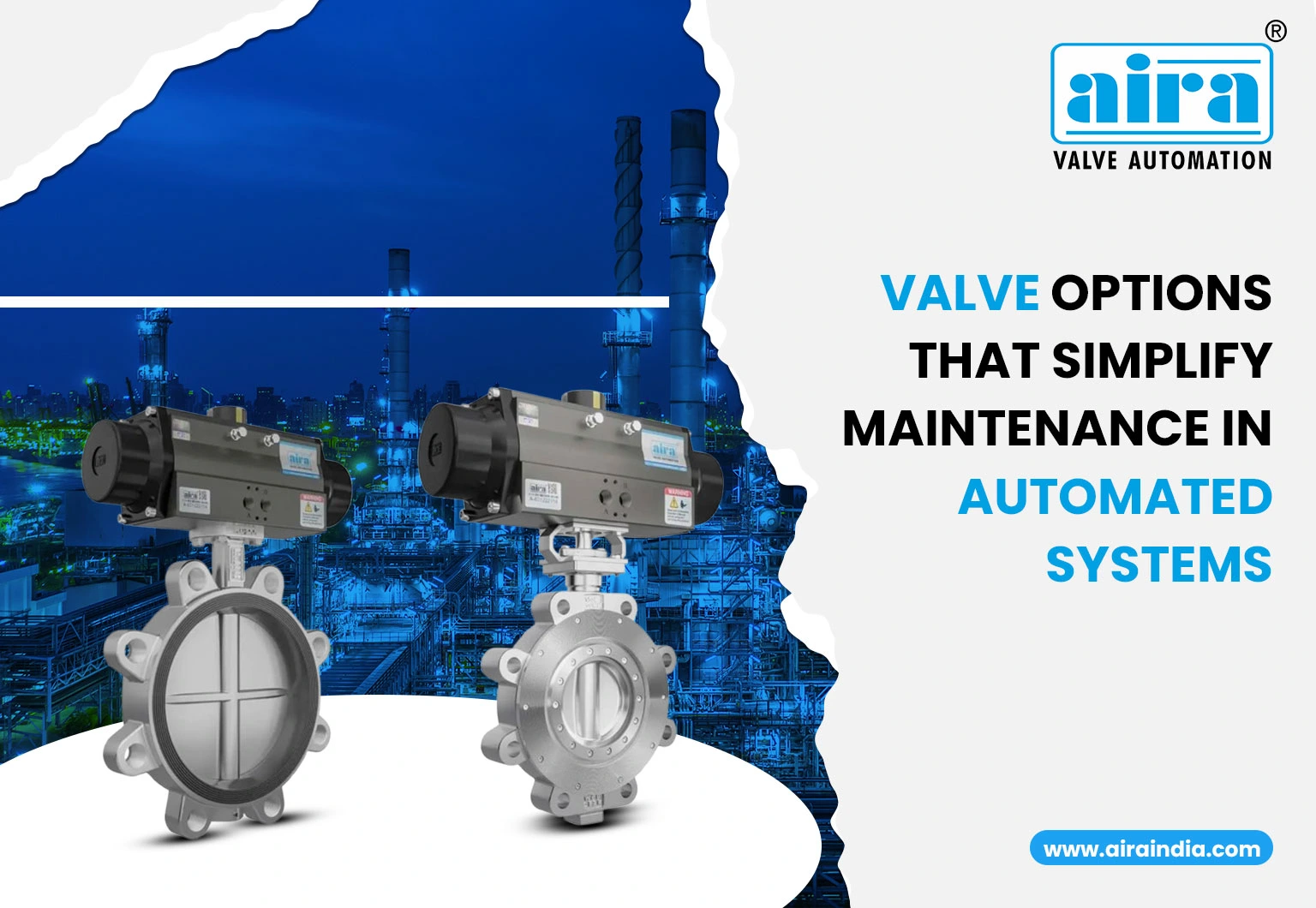Industrial valves are the backbone of modern flow control systems, but like any mechanical component, they are not free from the challenges of maintenance. From the sealing surfaces worn down due to frequent cycling, even minor problems can quickly escalate into expensive valve downtime, often starting with actuator issues. Build-up, obstruction, and inappropriate shapes often add to despair, while complex design makes servicing more difficult. Understanding general valve maintenance is the first step towards preventing failure of the unpredictable flow control system and ensuring smooth operation.
General Maintenance Headache in Automatic Valves
Wearing-out Sealing Surfaces:
One of the most common valve maintenance issues is wear under the sealing surfaces due to continuous cycling. Over time, it increases the risk of poor shutoffs and leaks.
Leaks Caused by Actuator Misalignment:
Inappropriate actuator alignment often reduces leaks and low efficiency, causing unnecessary valve downtime and potential damage to the flow control system.
Build-up and Blockage:
Deposits and debris often accumulate in valve flow paths, which block and restrict smooth operation and compromise the overall performance.
Excessive Torque Requirements:
When valves are inappropriately sized for the application, they demand excessive torque, which stresses the wear and actuator system.
Announcement Difficulties:
Complex valve types can be challenging to separate, repair, and inspection time to take and contribute to extended downtime.
By consistently addressing the challenges of these maintenance issues, industries can prevent costly flow control system failures and enhance long-term reliability.
Common Maintenance Headache in Automatic Valves
Automatic valves are crucial for maintaining smooth industrial operations, but they frequently encounter recurring maintenance issues. From continuous cycling, worn-out sealing surfaces lead to reduced efficiency and increase the risks of leakage. Extreme improper alignment. Another frequent problem is that it causes leaks and unplanned valve downtime.
Over time, build-up and flow path blockage disrupts system performance, while Improper valve size creates excessive torque requirements that stress the actuator. Additionally, it is difficult to slow down repair and servicing in many complex valve types. These valve maintenance challenges quickly help prevent expensive flow control system failures.
How to Help Butterfly Valves Reduce Maintenance
When it comes to reducing maintenance headaches, the butterfly valve for automation stands out as a reliable option. Its simple disc-shaft mechanism has low moving parts, which means that there is less probability of failure compared to complex valve types. These valves are also designed for easy inline serviceability, which allows maintenance without a complete disassembly. Their lower torque requirement enables the use of small, cost-effective actuators.
Butterfly valves prevent reduction caused by numerous start/stop cycles due to their rapid shut-off action. Many types are also actuator-ready and include modular designs, allowing for easy replacement, making them a popular, low-maintenance valve option.
Design Features That Matter in Automatic Applications
In modern automation, some design characteristics make the butterfly valve highly efficient and reliable. A double offset disc design ensures low friction during operation, expands service life. In addition to a PTFE-lined seat, self-cleaning capacity and excellent corrosion resistance provide ideal conditions for a rigid environment.
For seamless automation, an ISO standard interface with a wide range of actuators ensures compatibility, a Visual status indicator, and reaction sensor-like characteristics for future maintenance support, making it a true butterfly valve feedback solution. Additionally, both lug-style and wafer-style end connections enable quick removal, and smart valves increase flexibility in integration.
Real World Landscape Where Butterfly Valve Excels
The butterfly valve has proved its versatility in industries. In HVAC systems, motorized butterfly valves provide efficient zone control, ensuring energy savings and smooth operation. In water treatment plants, their quick-disconnection capacity simplifies servicing and reduces downtime. For food and beverage facilities, with butterfly valves, CIP (clean-in-place) features maintain hygiene without interrupting production.
Also read, High-Performance Valves for Slurry and Abrasive Media
In chemical plants, they handle corrosive flow lines with automated valves with minimal servicing requirements. During these applications, industries benefit from safe operation, rapid actuator replacement, and reducing the cost of maintenance costs. Apparently, butterfly valves provide long-term value where reliability matters the most.
Choosing The Right Low Maintenance Valve
Effective Butterfly valve selection depends on the appropriateness of the valve type for media, pressure, and cycle frequency of the application. To ensure smooth automation, it is important to examine actuator compatibility and confirm the ISO-standard growing. Participation with suppliers that provide pre-testing valves and actuator assembly installation errors and setup reduces time. Finally, always verify the ease of accessibility and replacement to maintain a valve for low-pressure systems and a reliable Automatic flow control valve to achieve performance.
Cost of Maintenance Without Performance Cuts
Choosing the right butterfly valve Upfront is the smartest way to avoid unexpected failures and expensive downtime. Aira’s automation-composed butterfly valve is engineered for stability, easy service, and uninterrupted integration with modern actuators.
